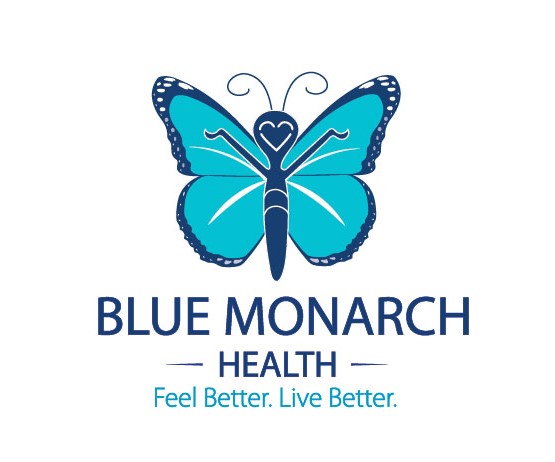Phyto-WHAT? That's EXACTLY what I thought when I first read that word... :)
Phyto means ‘plant’. Phytonutrients (or phytochemicals) include all plant foods, like vegetables, fruits, legumes, nuts, seeds, teas, spices and whole grains. If it grows, it has phytonutrients. The goodies that make up plants are essential for health and living well, and plants are the FOUNDATION for disease prevention and treatment (Institute for Functional Medicine, 2105).
A plant has an internal and external structure, just as humans do and their phytonutrients in its structure help it live well. A plant sustains itself by offering sustenance and protection from external pests, and sources its energy from the earth and the sun while it grows. A plant's cells respire and photosynthesize, and it make and use oxygen and carbon dioxide. Plants have very complex systems- as do humans, so, you can imagine the huge benefits we receive when we ingest plants.
Plants contain information and when broken down, they share it to help our human bodies function effectively. The information from a plant’s nutrients actually tell our bodies and cells, and even our DNA what to do! For example, phytonutrients stimulate enzymes to get rid of our body's toxins, and they boost our immune cells. Plants regulate our hormones, increase our blood vessels elasticity, decrease inflammation, and protect us from heart disease. They improve our eye health, our skin's tone and radiance, and keep our brains thinking clearly. A plant's information can kill cancer cells, all while making our healthy cells energy systems stronger. The fiber of plants feed our good gut bacteria, and improves the way our bodies eliminate waste. Some phytonutrients keep blood sugars and cholesterol levels in check and their colors and shapes make our plates look absolutely beautiful.
Who knew plants could be SO AWESOME?!
So... What do we do with all this information? It’s as simple and as easy as eating it!
1. Begin with COLOR. The rainbow. ROYGBIV- red, orange, yellow, green, blue, indigo and violet. Try to get 2-3 different colors on your plate for every meal. The more color the better, since each color offers distinct information and benefits. For more on the benefits of color, check out some of my other blogs, Orange You Glad I Shared This? and, Be a Purple People Eater.
2. Try a DIFFERENT phytonutrient each shopping trip. Many of us eat the same things over and over again and because of this, we miss out on tons of valuable information to keep us well. Try a new phytonutrient! Ever try goji berries? How about persimmons? Succotash? Millet? Explore a crunchy turnip, or the brilliance of purple rice. Why not discover something new this week?
3. Aim for 9-12 servings of plants daily. A typical serving size is: ½ cup of cooked vegetables, or 1 cup of leafy raw vegetables, or a medium sized piece of fruit, a thumb size of almonds (about 6 stacked horizontally) or a cup of green tea.
4. Know your phytonutrient sources. They are aplenty! Fruits, vegetables, nuts, seeds, legumes, herbs, spices, whole grains and teas all bring our body mind and spirit goodness.
5. Keep fruits and veggies where you can see them- you'll be more apt to eat them when you remember they are there.
6. Pack fruit, veggies, a bag of nuts, teabags in your purse or brief case. When we have access- we’ll eat them- if we don’t, we won’t.
7. Choose darker phytonutrients over lighter ones. Maximize nutrient power, for example, try purple cauliflower instead of white, purple potatoes over white, or black rice over brown rice. This allows for more variety and a bigger bang for your plant.
8. Use spices generously! Add cinnamon to oatmeal, turmeric to rice, garlic to potatoes, cumin and paprika to sweet potatoes, sprinkle dill on BBQ’d squash, or try basil and oregano in salad. The possibilities are endless.
A word about organic versus non-organic. The Environmental Working Group analyzes pesticide residue data from the U.S. Department of Agriculture and Food and Administration, ranking fresh produce based on highest to lowest residue. The Dirty 12 and the Clean 15 put this information into a handy photo for your shopping trips (take a photo of it for your phone for quick reference). Plants on the Dirty 12 should be bought organic if at all possible to avoid pesticide exposure.
Bottom line. Eat a wide variety of color, shape, texture and flavor to do what's best for your body and your overall health. All the little things you do, add up to BIG improvements in how you feel because when you Feel Better, you will Live Better. Check out more of our blogs about living well at Blue Monarch Health.





